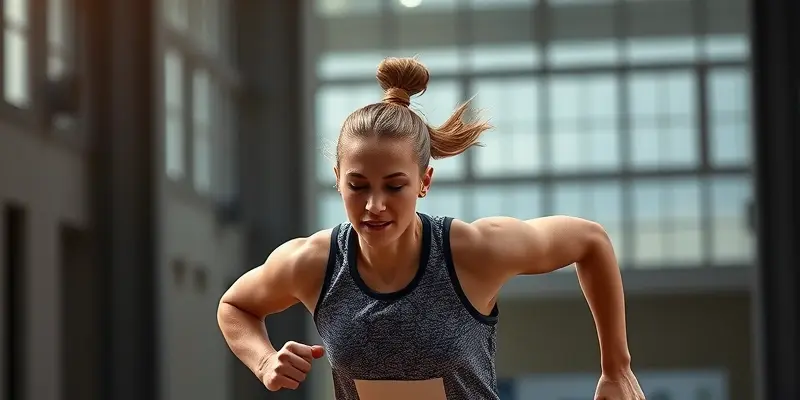Injury Prevention and Recovery Strategies: A Comprehensive Guide
Introduction
In the realm of fitness and sports, injury prevention and effective recovery techniques are paramount for individuals of all levels, from beginners to elite athletes. Understanding how to prevent injuries and optimize recovery can significantly impact performance and overall well-being.
Common Sports Injuries and Prevention
Sprains/Strains
- Causes: Sudden movements, poor technique.
- Prevention: Strength training, proper warm-up, technique drills.
Stress Fractures
- Causes: Overuse, rapid training increase.
- Prevention: Gradual progression, supportive footwear, cross-training.
Shin Splints
- Causes: Repetitive impact, poor footwear.
- Prevention: Proper shoes, strength training, varied surfaces.
ACL/Knee Injuries
- Causes: Cutting, contact sports.
- Prevention: Neuromuscular training, proper landing technique, bracing.
Shoulder Injuries
- Causes: Overhead motions, contact sports.
- Prevention: Rotator cuff strengthening, technique coaching.
Recovery Strategies
- R.I.C.E. Method: Rest, Ice, Compression, Elevation for acute injuries.
- Physical Therapy: Guided exercises for strength and flexibility.
- Pain Management: Utilize modalities like massage, foam rolling.
- Psychological Support: Goal-setting, visualization, support networks.
Nutrition for Healing
Eating a balanced diet rich in protein, anti-inflammatory foods, and essential nutrients supports muscle repair and overall recovery.
Tools and Gadgets
- Foam Rollers/Massage Guns: Aid muscle recovery and soreness reduction.
- Compression Gear: Enhances circulation and reduces swelling.
- Wearable Tech: Tracks recovery metrics for informed decisions.
- Cold/Hot Therapy: Manages pain and inflammation effectively.
Psychological Methods
- Goal Setting: Break down recovery into achievable milestones.
- Visualization: Mental rehearsal maintains motor skills.
- Support Networks: Stay motivated through a strong support system.
- Mindfulness/Relaxation: Reduces anxiety and enhances coping mechanisms.
Evidence-Based Insights
- Preseason Conditioning: Focus on strength, flexibility, and sport-specific drills.
- Stretching Alone: Emphasize dynamic warm-ups for injury prevention.
- Education: Empower athletes with knowledge of injury mechanisms and prevention strategies.
Conclusion
By integrating proper training, technique, equipment, nutrition, recovery tools, and psychological support, individuals can maximize injury prevention, expedite healing, and facilitate a safer, stronger return to sports activities. Embrace a holistic approach to enhance overall athletic performance and well-being.
This blog post strives to provide a comprehensive guide on injury prevention and recovery strategies tailored to fitness enthusiasts and athletes of all levels.
Internal Links Added:
- Heal Faster with This Injury Recovery Checklist: injury recovery checklist
- Unlock Faster Recovery with Visualization for Healing: visualization for healing
- Phosphatidylserine: The Recovery Edge for Athletes and Fitness Enthusiasts: phosphatidylserine for recovery
